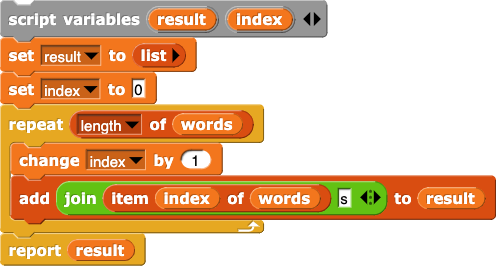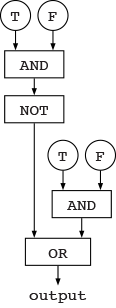6.1.3
Which of the following statements are correct about a low-level programming language compared with a high-level programming language?
- Low-level language programs are generally harder for people to understand than programs written in a high-level language.
- A low-level language provides programmers with more abstractions than a high-level language.
- Low-level language programs are generally harder to debug than programs written in a high-level language.
I only.
I is true but is it the only true statement?
I and III only.
Correct. Both statements are correct and opposite of II is true as high-level languages are more expressive and able in creating abstractions.
II and III only.
Opposite of II is true as high-level languages are more expressive and able in creating abstractions.
I, II, and III.
Opposite of II is true as high-level languages are more expressive and able in creating abstractions.
6.1.3
A program is written in a high-level programming language. Identify the correct statement about the program?
The program can also be written in machine language using binary code, but then it will be less easily understood by people.
Correct. Binary code is very hard to read for humans.
The program can also be written in machine language using binary code, which will decrease the possibility of mistakes.
Mistakes will likely increase as it is harder for humans to make sense of binary code.
The program cannot be written in binary code as only data can be represented by using binary notation.
Entire program can be converted to binary code. Such a code is actually the only code a machine can understand.
Simple parts of the program can be written in binary code, but control elements such as conditionals, loops must be expressed in a high-level programming language.
Entire program can be converted to binary code. Such a code is actually the only code a machine can understand.
6.1.9
Which of the following expressions will report
true?


I only
Evaluate each part separately first, and then determine what the outermost block in each expression will report. In expression I: What does (true) and (false) report? What does not((true) and (false)) report? In expression II: What does (true) or (false) report? What does not((true) or (false)) report?
I and II
Take another look at expression I. What does not((true) and (false)) (on the right) report to the outermost and block?
Neither I nor II
Take another look at expression II. What does (true) and (false) (on the right) report to the outermost or block?
6.1.9
Which of the following logic circuits will report
true? (T stands for
true, and F stands for
false.)
This problem is probably harder than something you'll see on the exam, so if you can get this one, you are doing great!
II only
Try building both diagrams in Snap! similarly to the images in Question 1 above.
I and II
Take another look at diagram II. What signal does the right side send to the AND gate?
Neither I nor II
Take another look at diagram I. What signal does the left side send to the OR gate?
6.2.2
As Gordon Moore observed in 1965, data show that computer processing speeds roughly double every two years. Technology companies use this observation, now known as "Moore’s Law,’ in their planning. From the following, identify which one best describes how technology companies can use Moore’s Law in planning.
They can expect to double their profits every two years.
No such thing is possible to predict using Moore’s Law.
They can anticipate the precise dates when the latest computing advancements will be available and therefore accurately plan their products in advance.
No such thing is possible to predict using Moore’s Law.
They can base their R&D (Research and Development) targets on expected future processing speeds.
Correct.
They can expect their costs to double with each increase in processor speed.
No such thing is possible to predict using Moore’s Law.

 Identify the procedure that this code imitates:
Identify the procedure that this code imitates:





 or
or  ) as input and reports the result of combining all the list items using that function (for example, adding them all together or joining them all into one text string).
) as input and reports the result of combining all the list items using that function (for example, adding them all together or joining them all into one text string).


